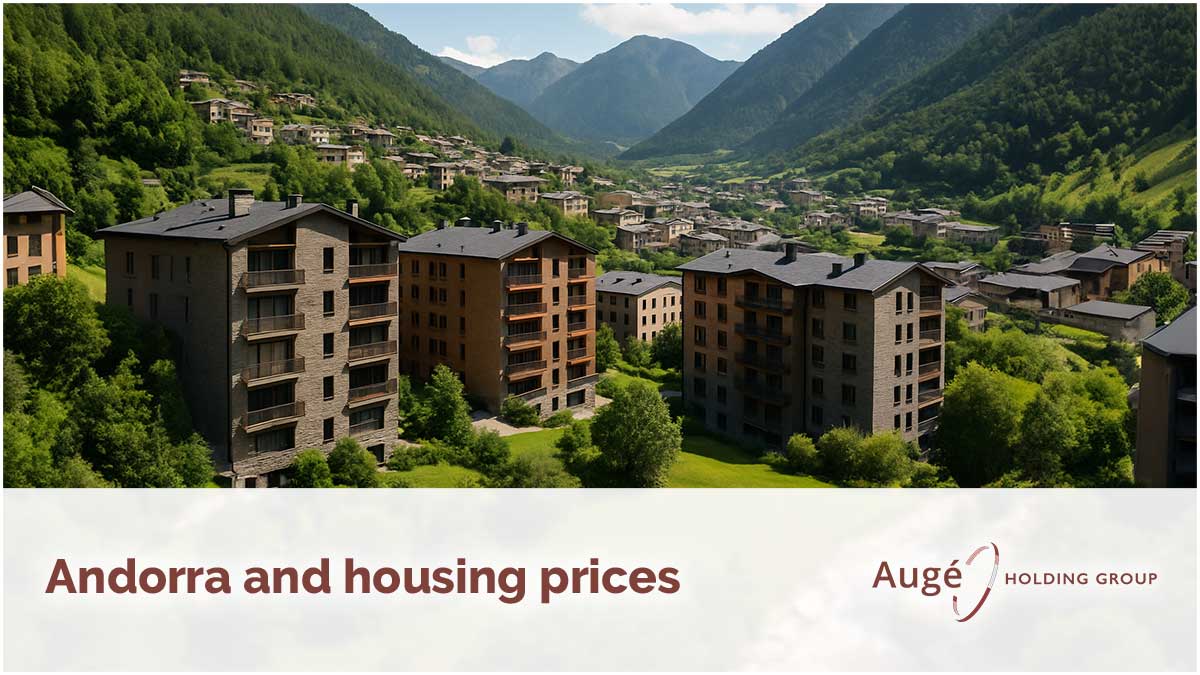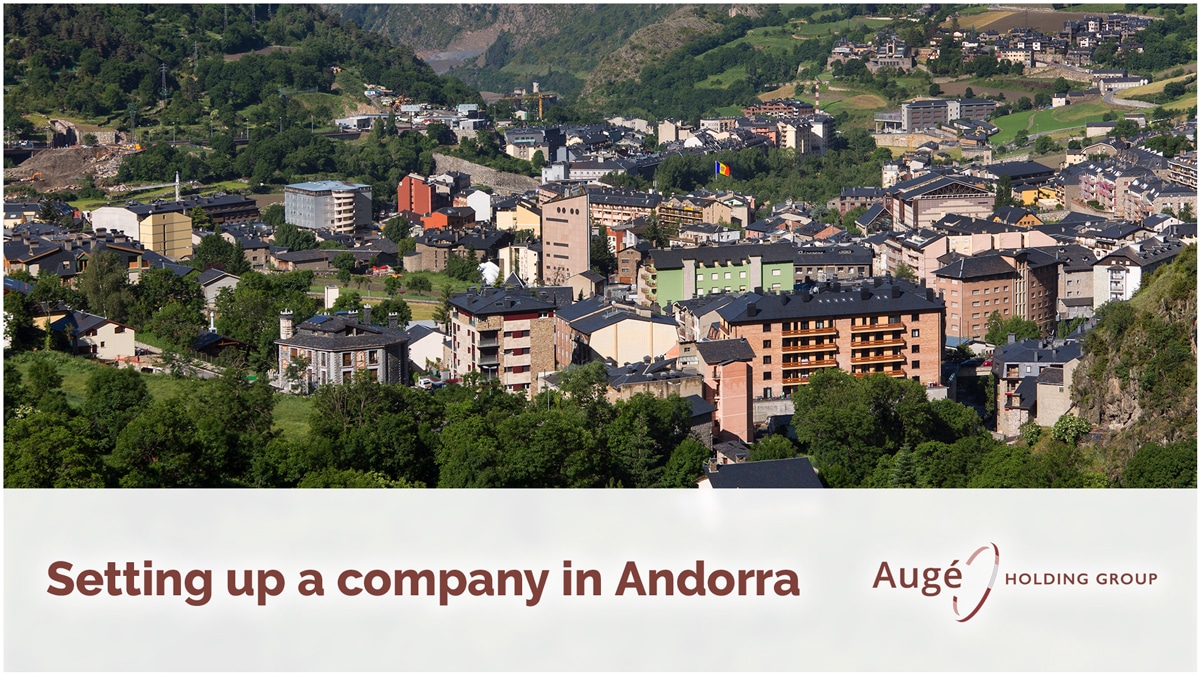Speaking today about housing in Andorra means addressing one of the most sensitive and decisive issues for the future of the country. Behind the data, often cold and impersonal, lie real stories: young people who cannot become independent, families desperately seeking an affordable rental, lifelong residents who are forced to leave the city centre or, directly, the country. It is the less pleasant side of an economic success that, if not managed with intelligence and strategic vision, may end up becoming a failure for our society.
Table of contents
ToggleFigures that worry and mark a turning point
According to recent data from RID Analytics, the average price of housing in Andorra has reached 5,400 euros per square meter, rising to 6,200 euros in new developments. This means that the cost per square meter is now higher than in Barcelona, and the gap is widening year after year. In terms of rental, the national average exceeds 25 euros per square meter, with strong variations depending on the parish. These figures, which may seem typical of major European capitals, contrast with real wage levels and with the small size of our labour and residential market.
Territorial polarisation
The territorial analysis of the same report confirms an increasingly polarised Andorra. Escaldes-Engordany leads the high-end segment of the market, with prices of 7,400 euros/m² for finished homes and up to 8,500 euros/m² for newly built properties. Some luxury developments even exceed 19,000 euros/m², placing the country in the orbit of areas such as Monaco or Luxembourg.
At the other end, Sant Julià de Lòria stands out as the most affordable option, with 4,175 euros/m² for finished housing and 20 euros/m² in rental, becoming a refuge for the middle class and working families. Between these extremes, Encamp and La Massana represent intermediate options, while Ordino and Andorra la Vella are moving increasingly closer to the luxury segment.
A model that must be urgently revised
The problem is not only about prices but about the model itself. For years, the country has experienced a real estate boom driven by attractive taxation and international demand for a secure, stable and high-quality environment. However, this prosperity has gradually displaced local residents from the economic and geographic heart of the country. Developers, legitimately focused on profit, concentrate their efforts in areas with higher returns, while parishes with less speculative appeal become second-tier spaces. The result is an unbalanced market, with concentrated luxury and a periphery absorbing the residential needs of the majority.
Developers, legitimately focused on profit, concentrate their efforts in areas with higher returns, while parishes with less speculative appeal become second-tier spaces. The result is an unbalanced market, with concentrated luxury and a periphery absorbing the residential needs of the majority.
Structural crisis and political responsibility
It must be said clearly: Andorra currently faces a housing access crisis that can no longer be explained only by land scarcity or inflation. It is a structural crisis, arising from an economic model with insufficient social regulation, a lack of long-term urban planning and, above all, the absence of a strong and sustained public housing policy. The focus has been on attracting investment, but the importance of community roots has been forgotten; square meters have been built, but a community has not.
The risk of losing human capital
The risk is clear. If young people cannot live in the country, if families cannot find stability, if qualified professionals leave in search of more balanced opportunities, the same prosperity that flatters us today may vanish. No society can sustain its future if it expels those who must build it. And no country can speak of real progress if one part grows excessively while the other survives with anxiety.
Possible solutions and an opportunity for change
Nevertheless, not all is lost. There are alternative models that could serve as inspiration: flex living and coliving as more accessible and community-oriented residential options; rehabilitation of existing housing stock with energy-efficiency criteria; or the promotion of public and subsidised housing, in collaboration with the private sector and the parishes.
It would also be necessary to rethink land taxation to penalise inactive speculation and encourage long-term rentals. Yet above all, a national housing pact is required, cross-sectoral and intergenerational, that goes beyond short term political cycles and places housing policy at the core of the country’s strategic project.
Housing as a pillar of cohesion and dignity
Housing is not only an economic asset, it is a social right, a condition of dignity and an essential factor of cohesion. Where we live determines how we live, and the way a society guarantees access to housing says far more about its level of development than any macroeconomic indicator. Andorra currently has a historic opportunity to correct its course and demonstrate that prosperity can coexist with social justice. Only will, vision and sensitivity are needed.
A look toward the future we want to build
I would like to believe that, a few years from now, we will be able to speak of a country where the value of a home is not a measure of inequality but a sign of achieved balance. A country where every young person can imagine a future in the place they were born, where every family finds stability, and where foreign investment continues to arrive, but in service of a sustainable and shared model. This is the challenge: turning an apparent economic success into a real human success. And this will only be possible if housing ceases to be a luxury and returns to what it should always have been: a home to live in, not an asset for speculation.
This is the challenge: turning an apparent economic success into a real human success. And this will only be possible if housing ceases to be a luxury and returns to what it should always have been: a home to live in, not an asset for speculation.





